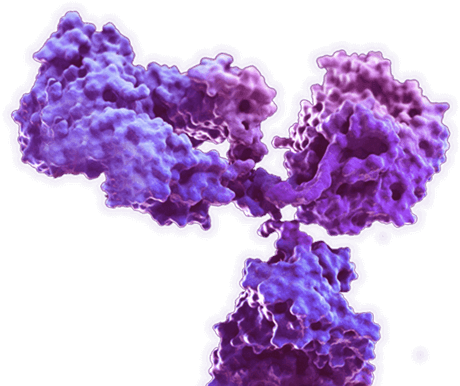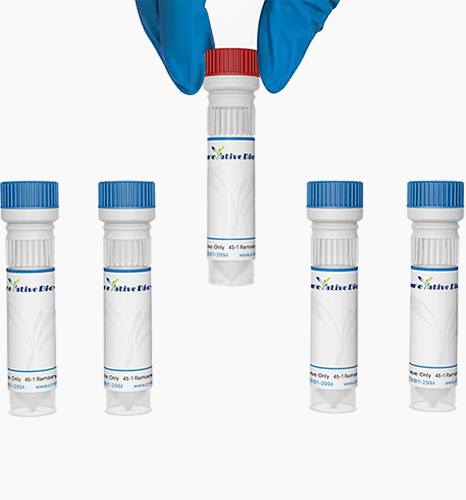pET-28b-Cas9-His E. coli Editing Plasmid
Cat: MOFY-0123-FY51
Certificate of Analysis Lookup
To download a Certificate of Analysis, please enter a lot number in the search box below. Note: Certificate of Analysis not available for kit components.
Lot Number
To download a Certificate of Analysis, please enter a lot number in the search box below. Note: Certificate of Analysis not available for kit components.
Lot Number
| Size: | |
| Inquiry |
- Specifications
- Plasmid Information
Specifications
| Species Source | E. coli |
| Size | 3 µg |
| Composition | Prokaryotic resistance: Kan; Cloned strain: Stbl3; Culture conditions: LB/37°C. |
| Buffer | Refer to COA |
Plasmid Information
| Product Overview | The CRISPR/Cas genome editing tool system involves two components, sgRNA and Cas9. In the cell, the Cas9 protein recognizes and cuts the target site on the genome under the guidance of a single guide RNA (sgRNA), thereby artificially creating a double-strand break (DSB) on the genome. Once a DSB is formed, the cell's endogenous DNA damage repair mechanism will be stimulated to repair the DSB. Intracellular DNA repair includes three main forms: non-homologous end-joining repair (NHEJ), microhomology-mediated end-joining repair (MMEJ) and homologous recombination repair (HR). The first two repairs are error-prone repairs, and the result of the repair is the formation of insertion/deletion mutations near the DSB. If the insertion/deletion mutation is a frameshift mutation and occurs in the exon corresponding to the key functional domain, it may cause the target gene to be unable to encode an active protein due to the frameshift, thus becoming a null allele. It leads to gene knockout; if homologous donors are provided to the cells at the same time, these donors will have the opportunity to be used as homologous donors for DSB repair. As a result, the cells successfully achieve gene knock-in at the specified position through HR repair. |
| Regulatory Status | For Research Use Only |
| Shipping | Dry ice |
| Storage | Store at -20 °C. |
| References | 1. Carmignotto, G. P., & Azzoni, A. R. (2019). On the expression of recombinant Cas9 protein in E. coli BL21 (DE3) and BL21 (DE3) Rosetta strains. Journal of biotechnology, 306, 62-70. 2. Gagnon, J. A., Valen, E., Thyme, S. B., Huang, P., Ahkmetova, L., Pauli, A., ... & Schier, A. F. (2014). Efficient mutagenesis by Cas9 protein-mediated oligonucleotide insertion and large-scale assessment of single-guide RNAs. PloS one, 9(5), e98186. 3. Kim, Y. J., Lee, H., Cha, H., & Park, J. H. (2020). Non-viral gene disruption by CRISPR/Cas9 delivery using cell-permeable and protein-stabilizing 30Kc19 protein. Biotechnology and Bioprocess Engineering, 25, 724-733. |
For Research Use Only | Not For Clinical Use.
Online Inquiry


